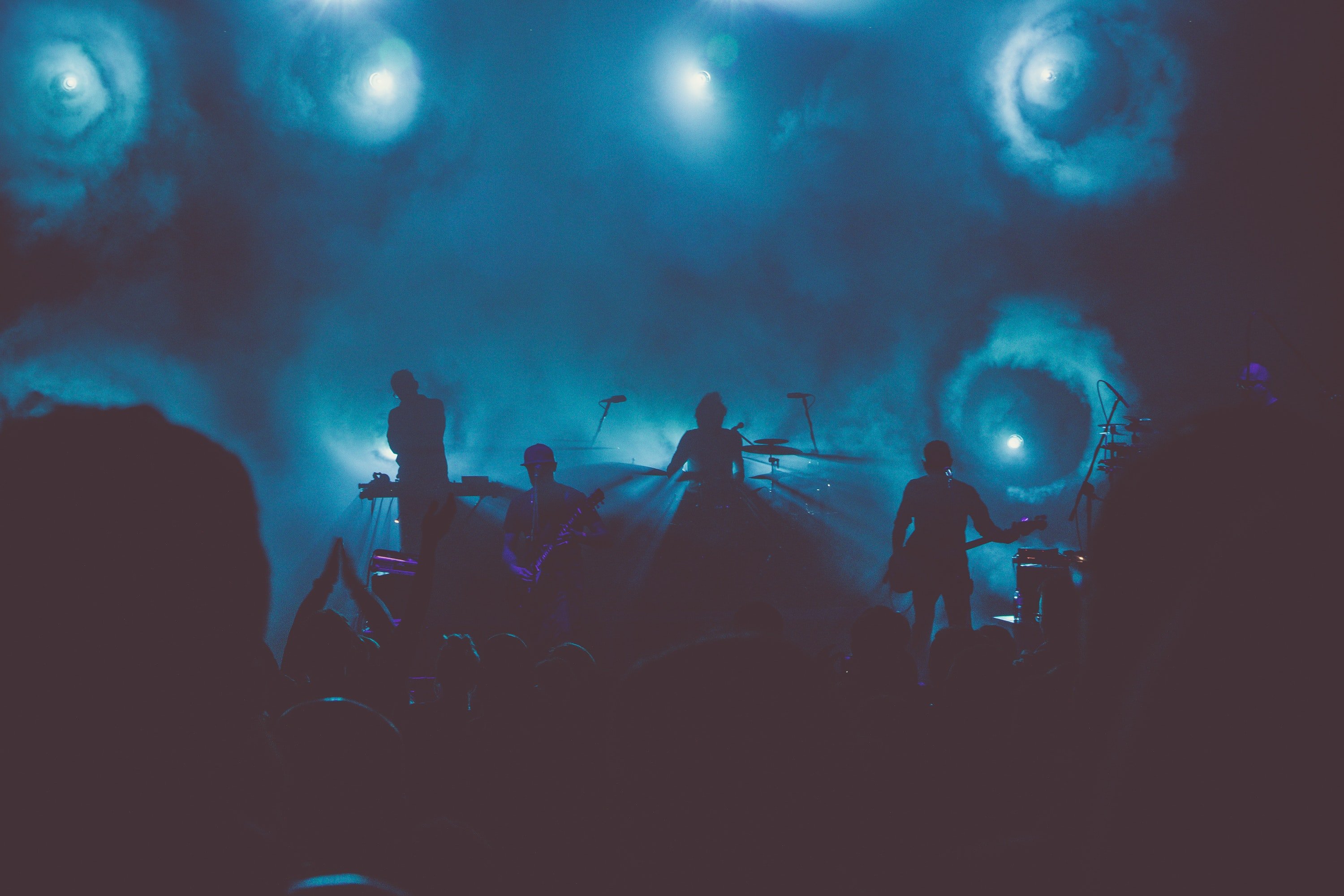
Getting creative with industry changes The Music Industry has evolved into a different kind of business since Coronavirus has impacted the world. Being an artist or musician during a global pandemic is a challenging career because the typical revenue streams are completely cut off when COVID-19 regulations keep everyone inside and apart. Live music is to be heard live in person and with people around you; it’s hard to make musical experiences feel the same when there is an illness circulating everywhere.
What is planned? Texas has announced that they are changing their guidelines soon regarding COVID-19, which could be good for the music industry. A well known EDM artist, Yellow Claw, has a show quickly coming up in Dallas scheduled for December 4th, 2020 along with another artist, TOKiMONSTA being booked in Dallas towards the end of January. Aside from these, El Paso, San Antonio, and Houston are already having concerts in venues such as The Plaza Theatre Performing Arts Center and Arena Theatre.
COVID-19 information
Why you should upgrade your audio setup Since the rise of smartphones and affordable webcams, practically anyone can put together a high quality live stream these days. In fact, there are several instructional videos out there which claim that smartphones are all you need to live stream. While this is mostly true, spiffing up your audio quality can do leaps and bounds to help you stand out. While it is perfectly acceptable to use most modern phone cameras to record video, this just isn’t the case for recording audio.
The issues with live streaming with music Twitch, and its parent company Amazon have found themselves in a messy situation with the music industry following a blistering letter addressed to Amazon founder/CEO Jeff Bezos.
Where to post your event for marketing?